Food safety and sanitation aren’t limited to the kitchen. Bars should also have procedures in place for a sanitary environment. Quite frankly, we want to know the restaurants and bars we attend are clean and safe, so we’re more than willing to share some tips we’ve found from top bar and restaurant owners that help them run safe and pristine bars.
Tips & Tricks
The most basic advice is to keep everything clean and orderly. If you’re revamping your food safety program, this is the place to start. It sets the tone for how you’re going to run your bar.
Make sure bartenders frequently wash their hands. This is just as important as someone working in a kitchen. Our skin is a host to loads of microbes, and it’s constantly exposed to other sources of microbes: food and money come to mind first. Keep antibacterial hand soap behind the bar to encourage bartenders to wash their hands more frequently.
An obvious but vital tip is to properly sanitize dishes, bar tools, equipment and glassware. Soak plastic cutting boards in a bleach solution, use non-toxic biodegradable cleaners for bar tools and equipment, and make sure your glassware cleaner leaves glasses free of spots, cloudiness or caked on bits of food from the previous customer.
We’ve had our fair share of experiences with dirty glassware, finding things floating in our brand new drink or “crusties” on the side of the glass. Ack! Let your customers enjoy their drink inside the glass without worrying about whether or not it’s clean.
Frequently wipe down and sanitize countertops and surfaces. Bacteria from hands and food can multiply quickly, and you don’t want that to spread. In addition, make sure your sanitizing solution is fresh, and test to be sure you’ve got the correct ppm level. Use our Chlorine Test Papers if you’re using bleach, our QAC Test Papers if your using quats, and be sure to check out our other sanitizer test strips in the FoodService Industry category.
Beer taps can also be a food safety issue. The buildup of bacteria, mold and yeast in a beer line can cause overly foamy beer, affecting its taste and quality. Lines should be cleaned out regularly to avoid contamination. There are a variety of tools and systems out there to help you keep draft beer taps and lines clean.
The Dirty Dozen
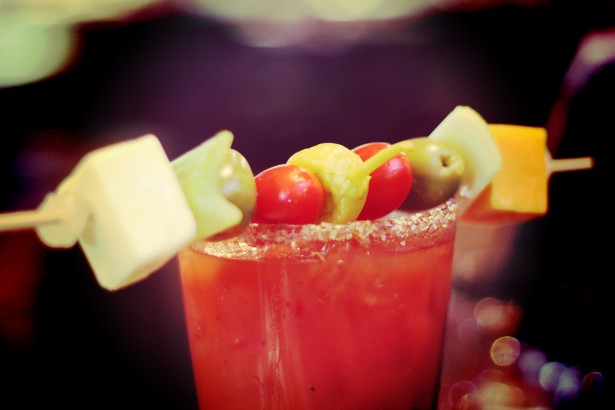
Ed Sherwin, a food-safety trainer has shared 12 of the most common food safety issues he encounters behind the bar:
- Be aware of expiration dates for fresh drink ingredients, such as juices, half & half and eggs. Sherwin recommends powdered eggs or egg whites, which don’t contain the same pathogens as egg yolks.
- Keep coolers set at 41˚F or lower. If the temperature is set higher than that, food and drinks are at risk.
- Make sure that the sanitizing ingredient does not get depleted from mechanical glass washers. Otherwise, you are just “washing” glasses with water.
- Bartenders need to wash their hands just as often as chefs.
- Do not use direct hand contact when cutting fruit and garnishing — use gloves or tongs.
- Fruit needs to be thoroughly washed before using it in drinks or you run the risk of including pesticides, fertilizer, dirt and bacteria in customers’ drinks.
- Make sure that cutting boards, knives, shakers and other equipment are thoroughly washed, and avoid cross-contamination.
- Don’t use drink glasses to ladle ice; use a bar scoop. Drink glasses can break inside the ice bin or transfer germs to the ice.
- Clean the nozzles and diffusers for soda guns often, as they tend to get slimy and disgusting.
- Watch for fruit flies, which are attracted to the yeast in beer and fresh fruit.
- Clean glass chillers regularly. Sherwin often sees chillers filled with shards of broken glass, as well as mold that has formed from water dripping from wet glasses.
- Bar snacks should be served in individual dishes. That communal bowl of nuts or snack mix into which multiple guests are reaching may be filled with germs.
Remember, at most establishments, we can see everything happening behind the bar. If you want to impress and retain your customers, make sanitation a priority.
Source: Night Club and Bar Magazine, Sep 8, 2011


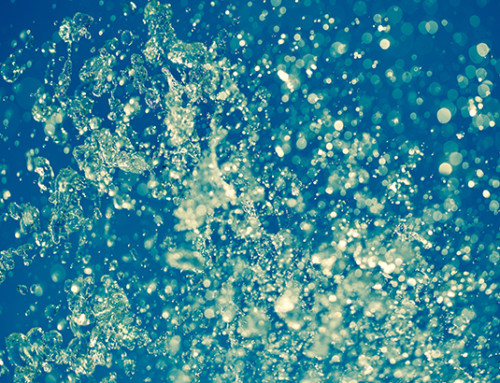
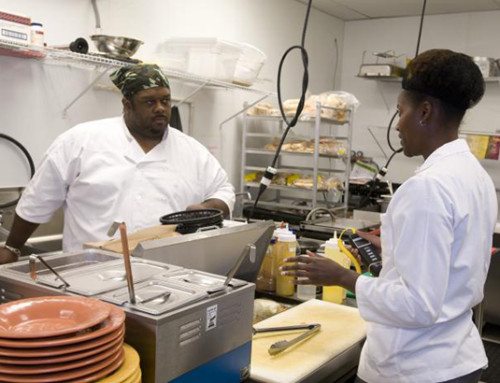
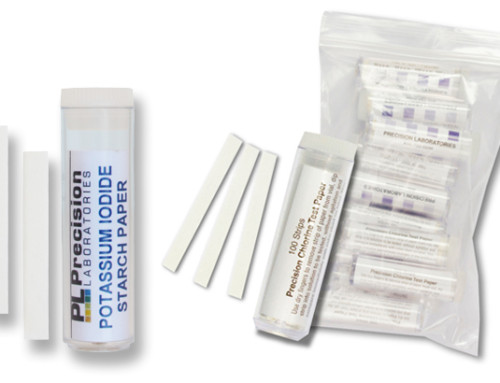
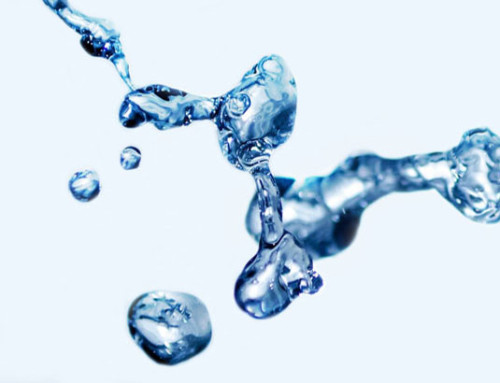
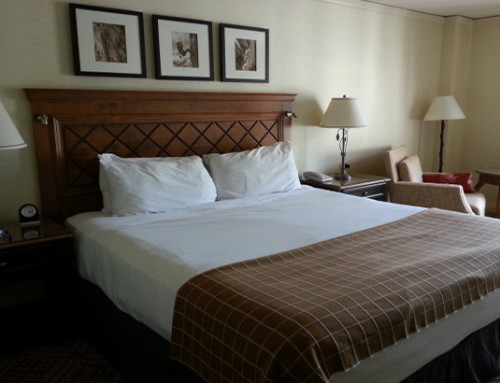
Leave A Comment